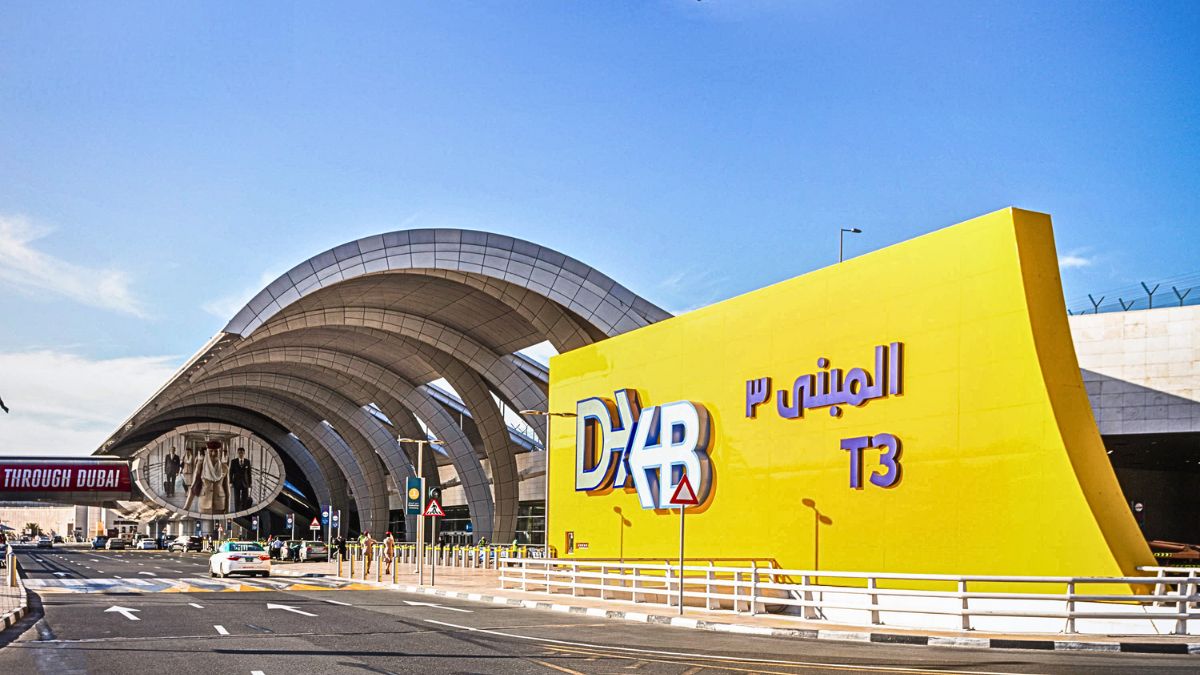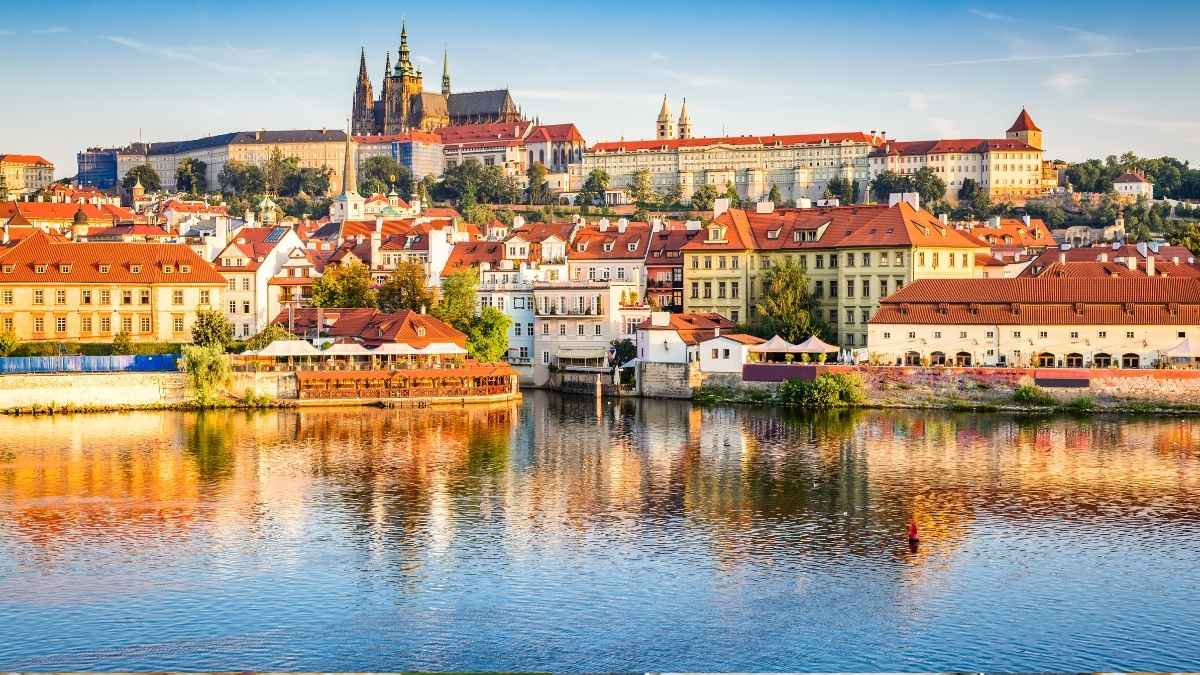The journey of Hindu culture in Fiji spans over a century. One of the prominent Hindu temples in Fiji is the Sri Siva Subramaniya Temple in Nadi dedicated to Lord Murugan. Its stunning architecture, religious practices, and cultural activities make it a cornerstone of Fiji’s diverse identity.
How Did The Temple In Fiji Come About?
Sri Siva Subramaniya temple
at Nadi, FijiIt is at the southern end of the main road through Nadi. It is the largest Hindu temple in the Southern hemisphere.
dedicated to Sri Murugan 🙏
Historical background
The original temple had been in existence for a long time. pic.twitter.com/Wf6QfaUXY4— Lost Temple's (@Lost_Temples) September 19, 2021
The temple’s roots trace back to the late 19th century when indentured labourers from India were brought to Fiji by British colonial rulers. These labourers, primarily of Indian Tamil origin, brought with them their customs, traditions, and faith. Among these traditions, the worship of Lord Murugan held a special place, as He is considered a deity of war, victory, and wisdom in Hinduism.
The Sri Siva Subramaniya Temple was constructed over several decades, combining traditional South Indian architectural elements with a Fijian touch. The temple is a visual spectacle, adorned with intricately carved wooden panels, vibrant paintings, and ornate sculptures. The Stemple in Fiji is not just a place of worship but a living embodiment of history, culture, and faith.
The temple’s role as a tourist attraction also contributes to Fiji’s cultural diversity and economy. Visitors to the temple are treated not only to a spiritual experience but also to a glimpse of Fiji’s multicultural tapestry. Its stunning architecture, religious practices, and cultural activities make it a cornerstone of Fiji’s diverse identity.
Also Read: 6 Reasons Why Fiji Should Be On Your Bucket List; Here’s What To Do There
Indian Culture In Fiji
The largest Hindu temple in d Southern hemisphere.
This brilliantly coloured Sri Siva Subramaniya Swami Temple in Nadi, Fiji, where traditional Bharatiya architecture can be seen
This towering, colourful structure is adorned with ornate carvings of Hindu Gods & ceiling frescoes pic.twitter.com/pgFy2s2F93
— Raghu (@IndiaTales7) June 14, 2020
Over the past century, the Indian community in Fiji has evolved, preserved its heritage, and contributed significantly. The roots of Indian culture in Fiji trace back to the late 19th century when indentured labourers were brought to the islands by the British colonial rulers to work in sugarcane plantations.
These labourers hailed primarily from the Indian subcontinent, predominantly from regions such as Uttar Pradesh, Bihar, and Tamil Nadu. The cultural mosaic they brought with them included languages, religious practices, clothing, cuisine, and customs that were reflective of their diverse backgrounds. Temples, mosques, and gurdwaras dot the Fijian landscape, serving as centres of religious and cultural gatherings. These early settlers brought with them a mosaic of customs, rituals, languages, and beliefs that soon began to flourish.
Cover image credits: Wikimedia Commons
First Published: August 22, 2023 12:44 PM



